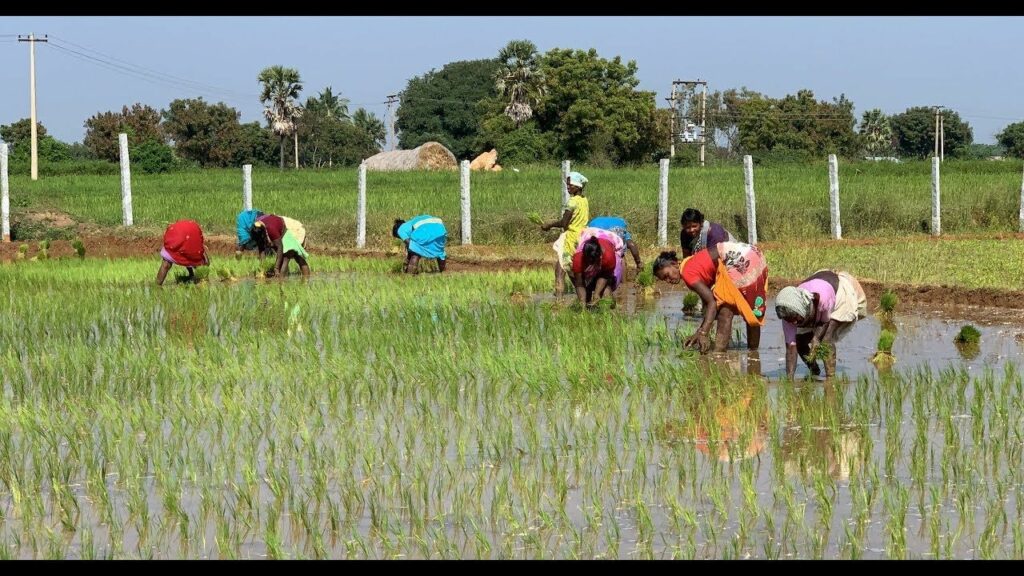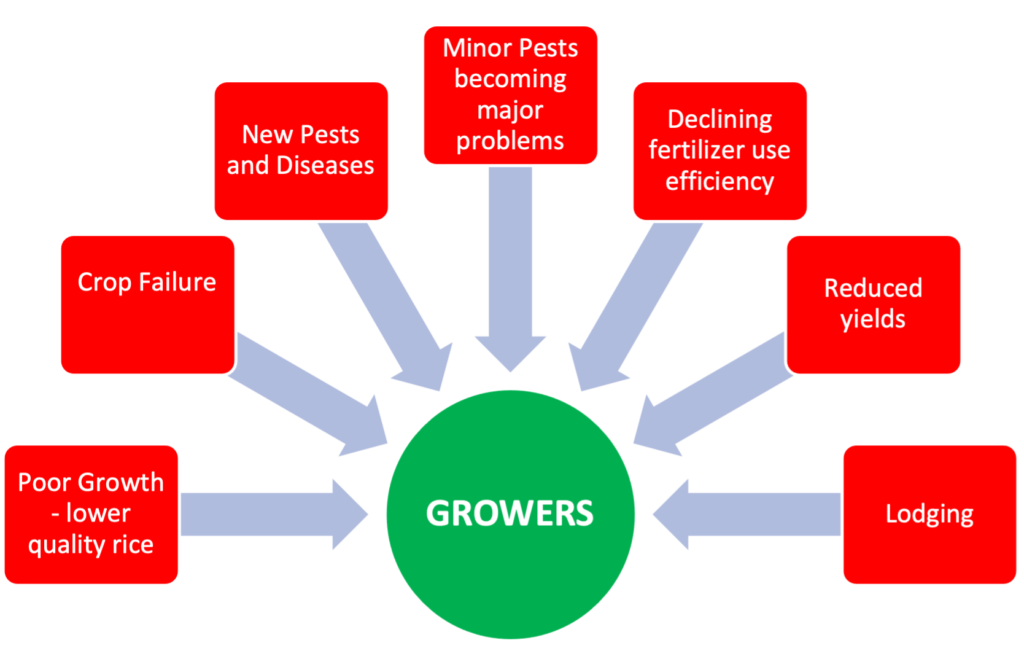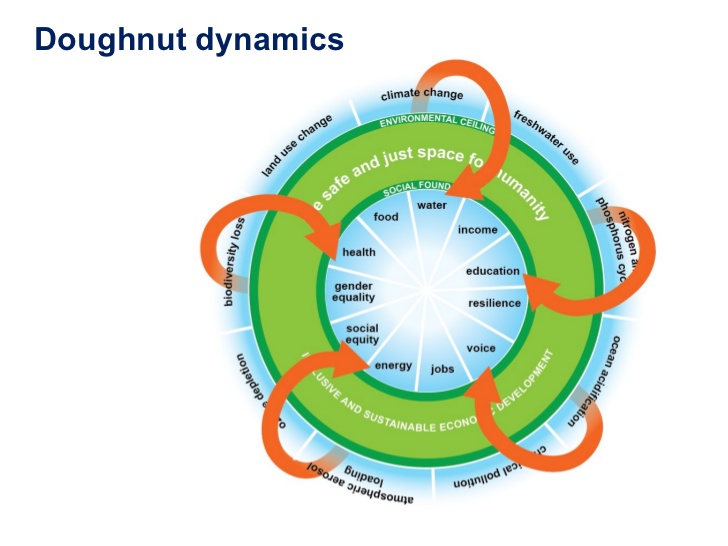How climate change will affect the rice value chain in Tamil Nadu, India

Tamil Nadu, also known as the ‘Rice Bowl of Tamil Nadu’, has managed to stay above national average in rice production. However, with the advent of climate change, this may not be the case in the future. One of the biggest rice production challenges in Tamil Nadu is water availability
Climate projections show temperature rises that will lead to a reduction in rice production of up to 5% under the best-case scenario and up to 10% under the worst-case scenario. Tamil Nadu is one of the driest states in India, with an average annual rainfall of 925 mm. Studies warn that a warming of 4 °C could cause rice production to drop by up to 41% in Tamil Nadu (Geethalakshmi et al., 2013). Even though the increase in carbon dioxide concentration will benefit yield, the overall effect of climate change is reduction in rice productivity and by extension the value chain.
More than 60% of the population is engaged in rice growing, with more than 80% of them being small holders. Climate change will bring with it serious implication for livelihoods and food security.
But what is behind these water shortages?
Water shortage in the Cauvery Delta region, has been mainly contributed by social political issues, resulting in low productivity as well as other severe social issues. The water sharing dispute between Tamil Nadu and Karnataka[1] that has been on-going since the later part of the nineteenth century has at times escalated into conflict. Even with efforts over the years to resolve the water sharing, friction over water between the states still exists.
The outcome of this includes conflict and farmer suicides. Majority of farmer suicides are male elderly smallholders, with very limited education. However, there are speculations that the seemingly low rate of female farmer suicides is due to under reporting since women are not recognized as farmers unless they own property – which majority do not.
This water shortage that is sometimes man-made, is one of the many reasons for declining rice production. The inevitable impacts of climate change will worsen the situation.
Climate change over Tamil Nadu will manifest in the form of increased daily temperature variation, rainfall, average temperature increases of between 1 °C and 4 °C, more and longer lasting rainfall. As a result of the changing climate, extreme weather events such as droughts, floods and cyclones are expected to increase. It is expected that rice production would have dropped by up to 10% by the end of the century. Rice yields will also drop due exposure to unusually high rainfall or delayed rainfall, occurrence of new pests and diseases and normally manageable pests is likely to become a problem, as well other problems.

In adapting, farmers may decide to grow shorter duration varieties of rice and use the direct seeding method, which will result in lower yields.
As a result of lower yields, stakeholders will be at risk of reduced business, processors will need to find alternative sources of grain to supply their customers and are likely to turn to neighboring states and countries for grain. This new source of grains could impinge on the Tamil Nadu growers’ market share, bring in lower quality rice and cause price fluctuations, among others.
References
Dhandapani, R., Jagannathan, R., & Geethalakshmi, V. (2015). Influence of Projected Climate on Rice Yield Over Tamilnadu. Indian Journal of Science and Technology, 8. doi:10.17485/ijst/2015/v8i11/71801
Geethalakshmi, V. (2021) Climate Risks in the Tamil Nadu Rice Value Chain /Interviewer: S. Roberts.
Geethalakshmi, V., Lakshmanan, A., Dhandapani, R., Jagannathan, R., Gummadi, S., Ramaraj, A., . . . Anbhazhagan, R. (2013). Climate change impact assessment and adaptation strategies to sustain rice production in Cauvery basin of Tamil Nadu.
Kakumanu, K., Nagothu, U., Ranganathan, C., & Senthilnathan. (2018). Climate Change and India s Future Rice Production : Evidence from 13 Major Rice Growing States of India.
Pandian, B. J., & Sampathkumar, T. (2014). System of Rice Intensification (SRI): Packages of Technologies Sustaining the Production and Increased the Rice Yield in Tamil Nadu, India. Irrigation & Drainage Systems Engineering, 03(01), 7. doi:10.4172/2168-9768.1000115
Senthilkumar, K., Bindraban, P. S., Thiyagarajan, T. M., de Ridder, N., & Giller, K. E. (2008). Modified rice cultivation in Tamil Nadu, India: Yield gains and farmers’ (lack of) acceptance. Agricultural Systems, 98(2), 82-94. doi:10.1016/j.agsy.2008.04.002
[1] (https://www.thenewsminute.com/article/explained-what-cauvery-water-dispute-between-karnataka-and-tn-all-about-76528)
